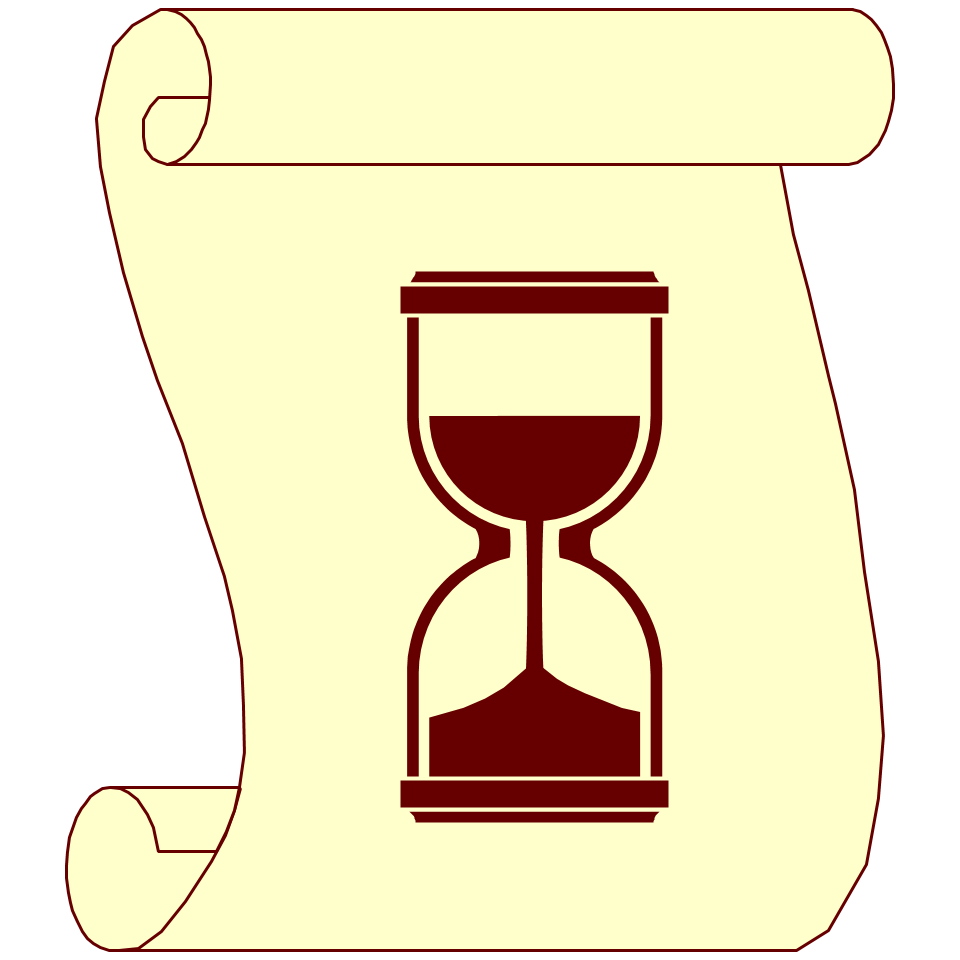|
Jewish
Priests in the New Testament |
|
Last updated: 27-Sep-2022 at 20:39 (See History.) © Richard P. Aschmann |
(biblechronology.net/Priests in New Testament.html)
Contents
1. During
Jesus’ Ministry and the First Part of Acts
In the New Testament the phrase “chief priests” occurs a number of times. Just a few examples are Matthew 2:4, 26:3, 26:14, 27:6, 28:11-12, Luke 22:4, and Acts 5:24. Really the term is simply “high priests”, though both the NIV and the ESV consistently translate it this way, as do older translations such as the King James. In Matthew 26:3 both ἀρχιερεῖς [aɾxiɛˈɾɛis] “chief priests” and ἀρχιερεύς [aɾxiɛˈɾɛus] “high priest” (actually the genitive form ἀρχιερέως [aɾxiɛˈɾɛōs] “of high priest”) occur, but the former is simply a plural form of the latter:
3 Then the chief priests and the elders of the people gathered in the palace of the high priest, whose name was Caiaphas, 4 and plotted together in order to arrest Jesus by stealth and kill him.
3 Τότε
συνήχθησαν οἱ ἀρχιερεῖς
καὶ οἱ πρεσβύτεροι
τοῦ λαοῦ εἰς τὴν
αὐλὴν τοῦ ἀρχιερέως
τοῦ
λεγομένου
Καϊάφα, 4 καὶ
συνεβουλεύσαντο
ἵνα τὸν Ἰησοῦν
δόλῳ
κρατήσωσιν καὶ
ἀποκτείνωσιν·
So what does this term “chief priests” mean? In the Old Testament law it was clear that there was only one high priest at any given time, and he was supposed to hold office until his death. In fact, his death was an important event, which affected other issues. (See Numbers 35:25-32.)
But by the time of the New Testament the high priest’s office had become a highly political office, and one which the Roman Empire wanted to retain control of, so the high priests were frequently changed by the Roman rulers, in spite of what the Old Testament law said, as can be seen in this list of high priests of the Herodian period (see also this traditional list and the Wikipedia list, which does not specify who appointed each priest). However, the Jews did not really accept these changes, and therefore evidently considered more than one of the various high priests who were still living to still hold the office.
1. During Jesus’ Ministry and the First Part of Acts
Thus during the time of Jesus’ ministry both Annas (also called Ananus) and his son-in-law Caiaphas were evidently considered legitimate high priests. Annas had officially been high priest from 6 A.D. to 15 A.D., whereas Caiaphas was the current high priest (from 18 A.D. to 36 A.D.). Thus during Jesus’ ministry and into the early part of Acts (probably up to Acts 9:25) the term “chief priests” seems to refer to Annas and Caiaphas together (and possibly others on the list who were still alive). In fact, in two places Annas is explicitly called the high priest even though he had been deposed: Luke 3:2 and Acts 4:6. These would also have been the chief priests referred to in Acts 9:14 and 9:21 who gave authority to Saul of Tarsus to arrest Christians.
2. At Jesus’ Birth
Similarly, in the account of the arrival of the wise men after Jesus’ birth we read:
Matthew 2:4 “…and assembling all the chief priests and scribes of the people, [Herod] inquired of them where the Christ was to be born.”
This very likely occurred shortly before Herod’s death in 4 B.C., in which case there were apparently three high priests who were appointed by Herod (according to this list and the traditional list) and were likely still alive: Simon ben Boethus 23-5 B.C., Matthias ben Theophilus 5-4 B.C., and Joazar ben Boethus 4 B.C., explaining again the use of “chief priests”.
3. In the Last Part of Acts
The only other high priest named in the New Testament is Ananias, in Acts 23:2 and 24:1. He apparently held office from approximately 47 or 48 until 59, according to this page and this list (Wikipedia says 58[1]). He was high priest at the time of Paul’s arrest in Jerusalem. However, in this same narrative we also find the term “chief priests”, in Acts 22:30 and 23:14. There were quite a few high priests between Caiaphas and Ananias, as the lists show, including three sons of Annas, who may have still been alive, and it is even possible that Caiaphas and Annas were still around, though Annas would have been 80. And it appears that at least one high priest who held office between Annas and Caiaphas, Ishmael son of Phiabi, was still around, because he was later reappointed by Agrippa II as Ananias’s successor.
By chapter 25, which took place in the year 60 (see the New Testament chronology page), Ananias had already been replaced by Ishmael, but since he was a member of the group of living high priests, “chief priests” in Acts 25 verses 2 and 15 would still refer to the same group as in the preceding chapters.
